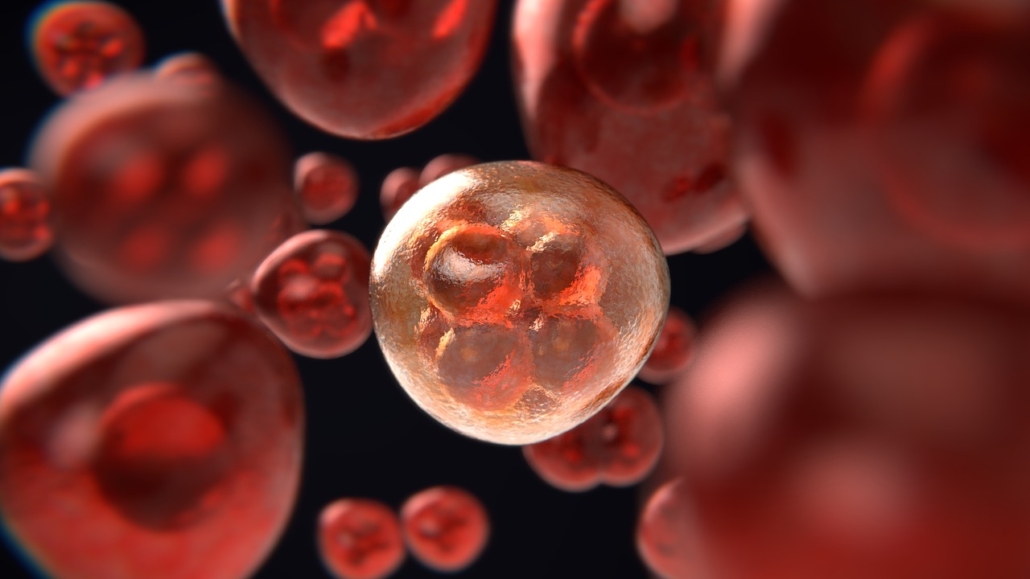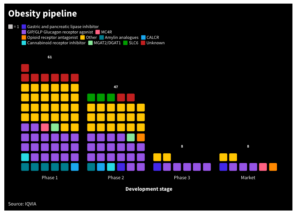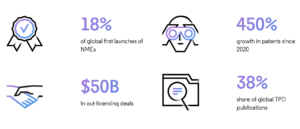
New resource models human metabolism
Scandinavian researchers have created a unified, open-source model providing a genome-wide portrait of human disease metabolism.
In Science Translational Medicine, the team under Jonathan Robinson from at Chalmers University of Technology in Gothenburg reported that their model dubbed Human1 more accurately captures the complexity of metabolic networks across the entire human genome than any previous algorithm and may allow better predictions on new targets in cancer metabolism.
Perturbed human metabolism is an essential player in many chronic conditions. The new resource published on the online platform Metabolic Atlas allows navigating new potential drug targets or biomarkers for diagnostics.
Human1 bridges the gap between the two major existing genome-scale metabolic models. Since building and curating Human1, the scientists have put the model to use in several applications: they studied metabolic differences between healthy and cancerous liver tissue, identified several metabolic pathways that might be targeted to treat acute myeloid leukemia, and highlighted genes that were essential for metabolic processes in human cells.


 IQVIA
IQVIA White House
White House Clarivate
Clarivate